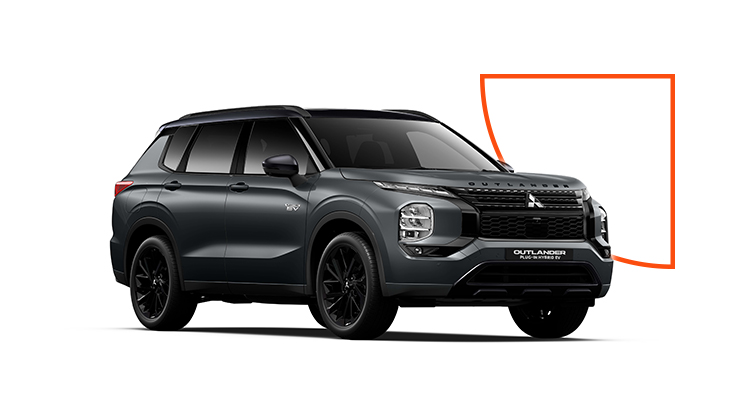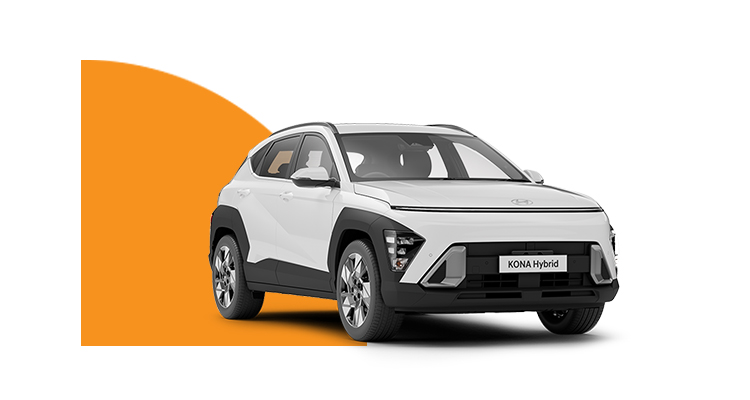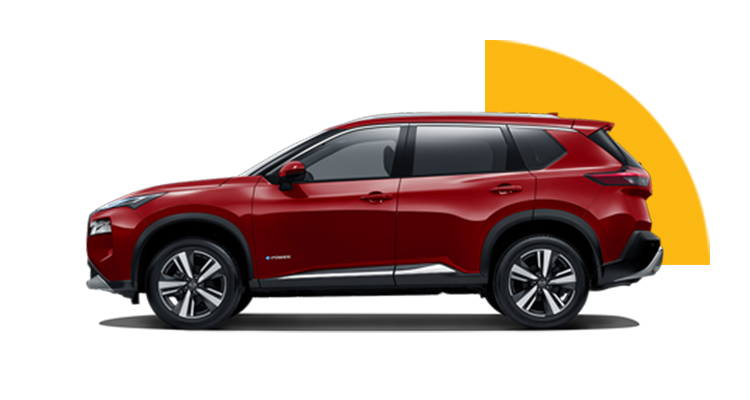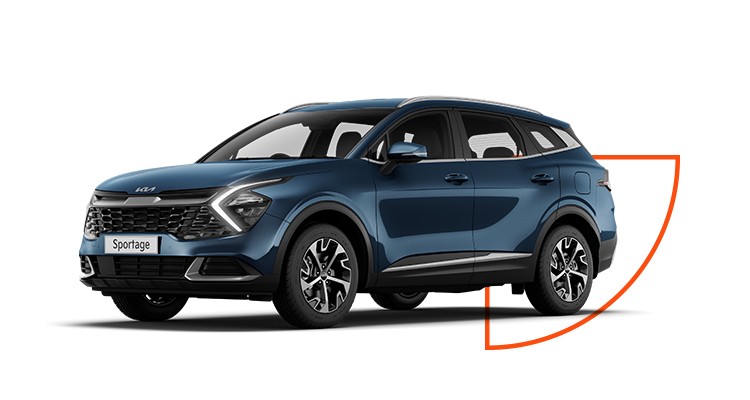Hybrid electric vehicles are continuing to surge in popularity as buyers consider more efficient, eco-friendly options. According to data from the Federal Chamber of Automotive Industries (FCAI), hybrid vehicle sales were up 34.4% while plug-in hybrids were up 89.9% in September 2024 compared to the previous year.
The electric trend is here to stay and a hybrid might be the perfect stepping stone before taking the leap towards a fully electric vehicle. But what exactly is a Hybrid? Could it be the perfect new addition to your garage?
Hybrids, HEVs, PHEVs and EVs…what’s the difference?
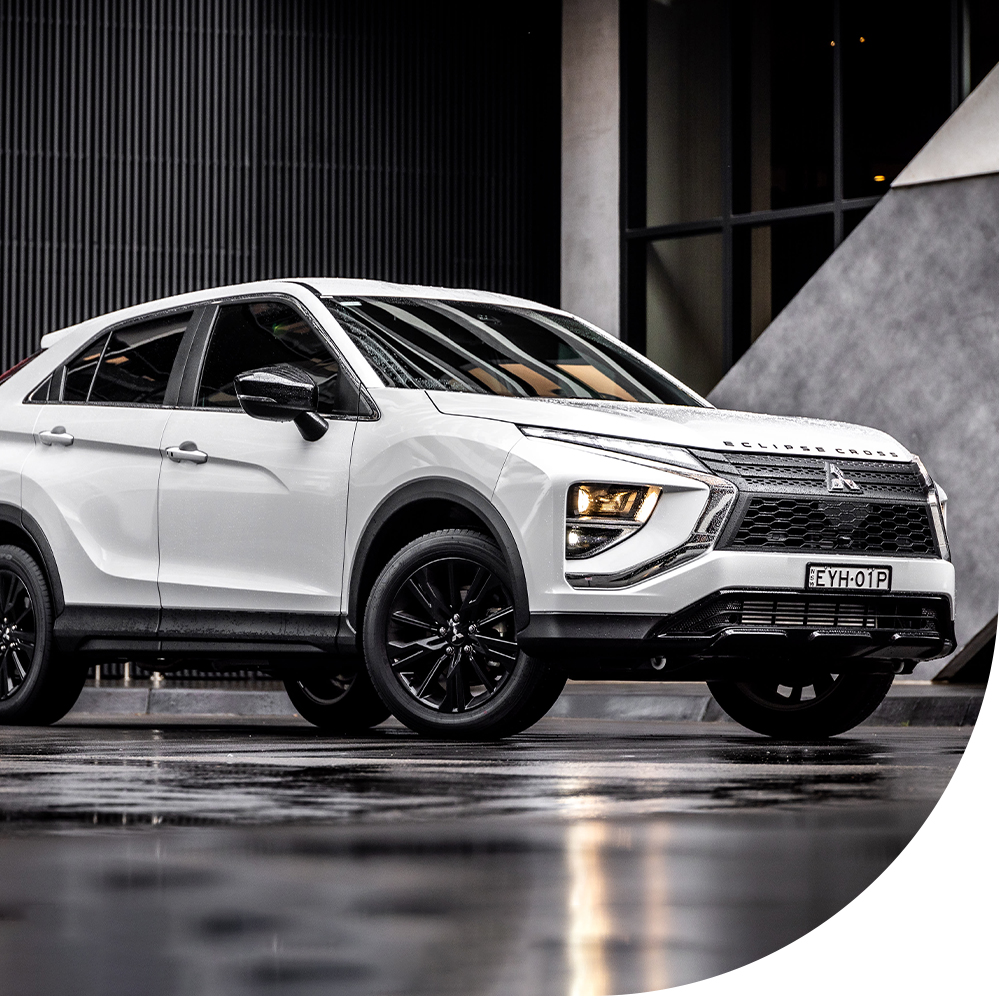
The colloquial term “Hybrid” simply refers to a vehicle that blends a petrol or diesel Internal Combustion Engine (ICE), a small battery, an electric motor and regenerative braking technology to deliver a combined fuel and electric powertrain. Within the industry, the proper term designated to this type of vehicle is “Hybrid Electric Vehicle” (or HEV). In that sense, HEVs and PHEVs are both Hybrids. However, not all Hybrids need to be plugged in. The “P” in the “PHEV” refers to “Plug-In” and is exactly what the name suggests: a Hybrid vehicle with a battery pack that can be plugged into and charged up. Like conventional HEVs, PHEVs have both an ICE (either petrol or diesel) and an electric motor. On the other hand, a Battery Electric Vehicle (or EV) does not have an ICE, has no tailpipe emissions and runs entirely on an electric motor.
PHEVs can be a good option for anyone who isn’t ready to go fully electric because they provide many of the fuel and emissions benefits of EVs on short drives but have the flexibility of a petrol or diesel ICE for longer road trips.
What are the benefits of a Hybrid vehicle?
1. Fuel efficiency and reduced emissions
By utilising the electric motor for short trips and the petrol or diesel ICE for longer journeys, you could save money at the pump. By burning less fuel, hybrids emit fewer carbon emissions compared to traditional petrol or diesel vehicles, making them an economical and cleaner vehicle to run.
2. Fast power delivery
The addition of an electric motor provides a useful extra amount of power and torque, for strong acceleration and throttle response.
Some popular PHEVs to consider
Mitsubishi Outlander PHEV
Turn heads with the daring and distinct Outlander
Get a quote
Audi Q5 PHEV S Line
An unmatched blend of efficiency and performance
Get a quote
Mazda CX-60 PHEV Evolve
Elevate your drive with impressive hybrid efficiency
Get a quote
3. Overcoming range anxiety
Range anxiety is a common concern among prospective EV buyers but one of the many advantages of Hybrids over pure electric vehicles is their extended driving range. Hybrids can switch to their ICE when the electric battery is depleted, alleviating range anxiety and making them ideal for long-distance travel.
Some popular HEVs to consider
Hyundai Kona Hybrid
2024 Drive Car of the Year Best Small SUV under $50K
Get a quote
Nissan X-TRAIL Hybrid e-Power
Make your next adventure electrifying
Get a quote
Kia Sportage Hybrid
Next level refinement and impressive fuel efficiency
Get a quote
4. No battery power on a Hybrid? No problem!
It’s business as usual if you run out of battery power, as the ICE kicks in to assist with driving the wheels and recharging the battery pack.
5. Added convenience
Some Hybrids (e.g. HEVs) don’t need to be parked and plugged in to recharge, meaning you can spend less time waiting around.
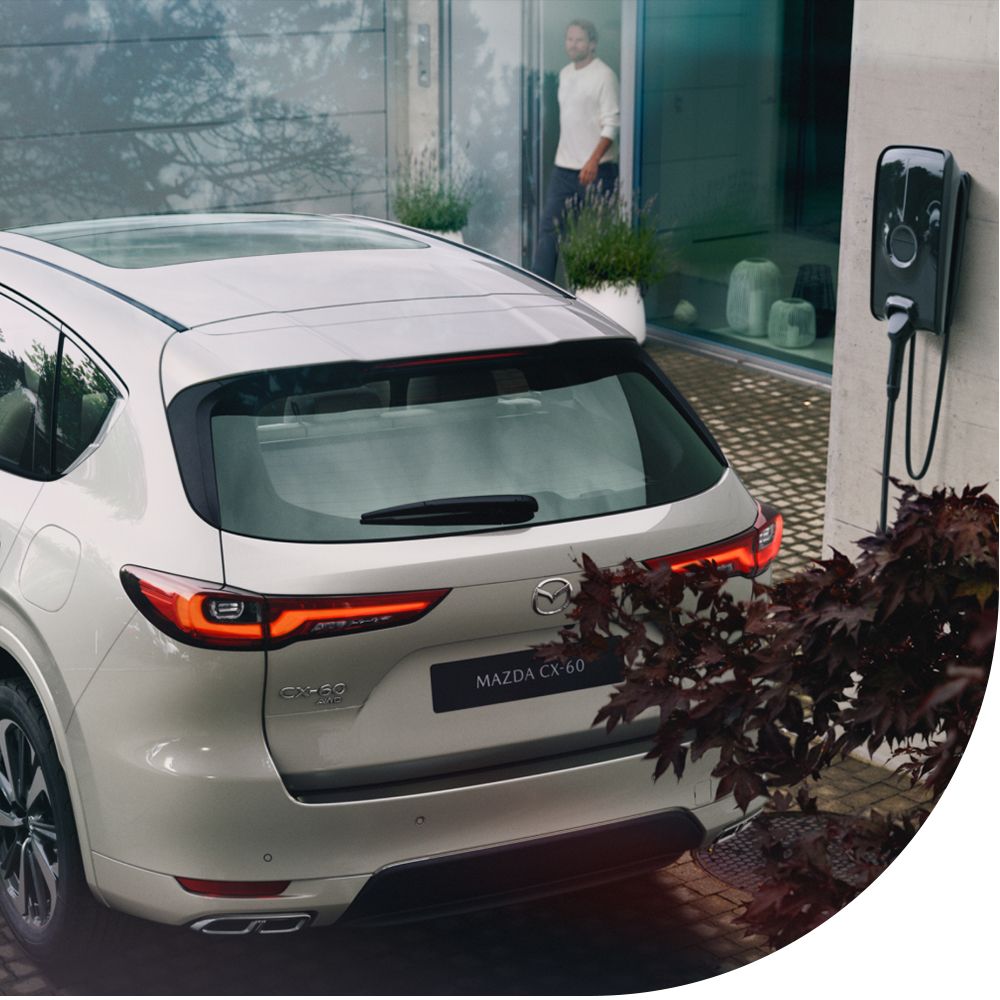
A PHEV offers the flexibility of charging the battery through an external electric source or relying on traditional refuelling. This ensures that drivers are not stranded without power, as they can always resort to traditional refuelling stations if a public electric charging point is not available.
Having an electric vehicle charge point at home also means you can charge your PHEV overnight or during off-peak hours, ensuring that your vehicle is always ready for use. This convenience eliminates the need to find a public charging station and wait in line, providing a hassle-free experience.
Top tip: Charging your PHEV overnight is just like charging your smartphone. Plug it in and wake up to a fully charged vehicle in the morning. Regularly charging your PHEV also ensures that you maximise the use of the electric motor, thus enhancing fuel efficiency and reducing your reliance on petrol. This not only lowers your fuel expenses but also minimises your vehicle's environmental impact.

